The average person assigned female at birth typically spends thirty to forty years menstruating. This equates to around 450 menstrual cycles over a lifetime. When you consider that 16 to 22 sanitary items are used every period – 5,000 to 15,000 pads and tampons are used in a lifetime per person, of which nearly all end up in landfill. The environmental impact of this is staggering! There are also health concerns as some of the materials used to make disposable sanitary products contain plastic and other health-disrupting chemicals like dioxins, heavy metals and PFAs.
Fortunately, there has been an explosion in the types of reusable sanitary products that are now available which are not only kinder to the planet but also our bodies:
- period underwear
- period swimwear
- menstrual cups
- menstrual discs
- menstrual sponges
- pads and liners.
Period underwear and swimwear:
Period underwear and swimwear work in a similar way to a pad, but are more comfortable. They have a lining with many thin layers of material which traps blood and prevents moisture coming into contact with the skin and vagina. The amount of blood the lining can hold depends on the absorbency of the underwear.
Pros:
- cost less over time – buying two pairs of undies is likely to work out cheaper than buying one to two boxes of tampons or pads per month
- available in varying absorbency depending on flow level
- long-lasting – several years
- can also be used for bladder weakness and post-partum care
- don’t have to be changed as often as tampons or pads (usually once or twice daily)
- can be worn as a backup with other menstrual products
- can be worn all the time i.e., pre-period.
Cons:
- may need several pairs to start, so initial set-up cost is expensive
- can contain chemicals. Look for period underwear that is “PFA-free”. PFAs are toxic forever chemicals that are often used to make the material in menstrual products more absorbent and stain-resistant
- tricky to change, need a wet-bag to store used period underwear if out and about
- chance of leakage or smell if not changed enough.
Menstrual cups:
A cup, designed like a small funnel sits within the vaginal canal and collects blood. If inserted correctly (just as you would a tampon), you should not be able to feel it. Cups are positioned a few inches below the cervix, then rotated slightly to open, forming an airtight seal that prevents leaks. Cups use suction to stay in place and hold the equivalent of three to four pads or tampons.
Pros:
- can be washed and used over again
- can last two to ten years with good care
- great freedom and convenience, can collect a lot of blood
- they can stay in longer than tampons so are useful for people at work or who are forgetful!
- usually made of medical grade silicone, latex or rubber, therefore no absorption of chemicals
- available in different sizes
- more comfortable than tampons as they don’t expand when collecting blood
- can be worn up to 8 hours and overnight.
Cons:
- a more expensive option at the start but becomes economic with use
- can be hard to insert, especially for new users
- may need to use lubricant for insertion
- need regular maintenance (sterilising, drying and storage)
- may need to try more than one type to find the right fit
- may want more than one to interchange use
- can take a while to get used to
- not recommended to wear during sex
- there have been reports of toxic shock syndrome (TSS) with menstrual cup use, but this is very rare. Menstrual cups lessen, but don’t eliminate risk so cup users should take similar precautions to those with tampon use.
Menstrual disc:
Similar to a cup but shaped like a flexible disc or bowl, rather than cone or cup-shaped. Discs sit slightly higher at the top of the vagina in an area called the vaginal fornix. A disc needs to be folded before insertion into the vagina, then tucked under the cervix, behind the pubic bone.
Pros:
- a good alternative to cups if they don’t work
- one size fits all because of where they sit in the vagina
- safe to use with an IUD
- can be worn during sex
- bigger capacity than a cup (5 tampons/pads)
- made of medical grade silicone, rubber, latex
- often suit people with a low cervix or tilted uterus
- easier to remove as they don’t use suction to stay in place.
Cons:
- harder to insert correctly compared to a cup
- don’t have a string for removal
- messier to use because of bigger capacity
- maintenance required (sterilising, drying and storage).
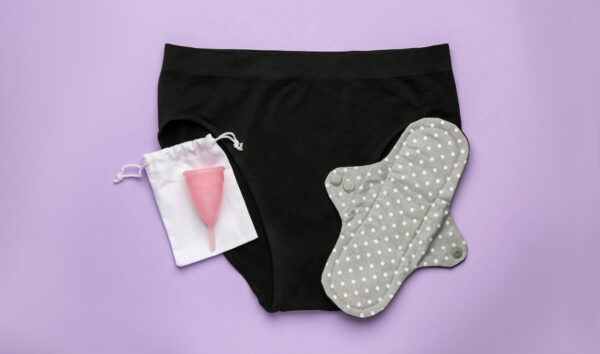
Sponges:
Sponges function like a stringless tampon and absorb menstrual flow.
There are natural sponges made from sea sponges.
Pros:
- sea sponges are free of chemicals, chlorine, fragrance, dyes and synthetic materials
- reusable for up to 3 to 6 months, therefore an economical option
- an alternative for people who find using tampons and cups difficult because of anatomical differences e.g., tilted uterus, low cervix, sensitive bladder
Cons:
- sea sponges may be bleached
- removal is messier than a tampon or cup (if possible remove in the shower)
- coughing, sneezing, heavy lifting that causes a sudden increase in abdominal pressure can cause it to leak if reaching capacity
- worn only 4 to 6 hours, not overnight
- need to be replaced every 3 to 6 months.
Sanitary pads or liners:
A single use disposable sanitary pad is 90% plastic (backing, adhesive strips, packaging) which can take 300 to 500 years to break down, if ever.
Many plastic-free options are available that contain plant cellulose instead. Reusable pads and liners are made of materials such as cotton, bamboo and polyester knits.
Pros:
- reusable – pads snap around underwear and used like a single-use pad
- no fragrances, colourants, bleaches
- good for post-partum care and light bladder leakage
- no bunching, often have a silicone pattern on underside to keep them in place.
Cons:
- may need several pairs to start, so initial set-up cost is expensive
- need a wet-bag to store used pads if out and about
- chance of leakage or smell if not changed enough.
What is important to you will help make the choice between the wide array of period products now available. There are many factors to consider including cost per use, absorbency, safety, comfort, convenience (have you got the time to clean or sterilise the products, will you be travelling?) and environmental impact. Spending a little time researching what will suit your body, lifestyle and budget is a good place to start.
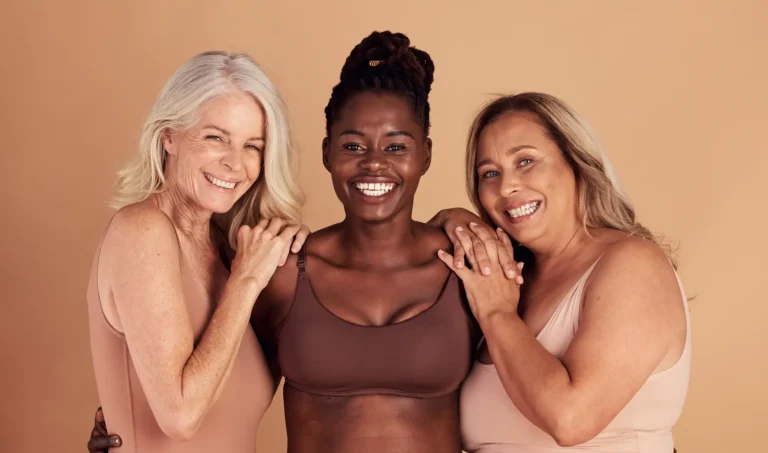
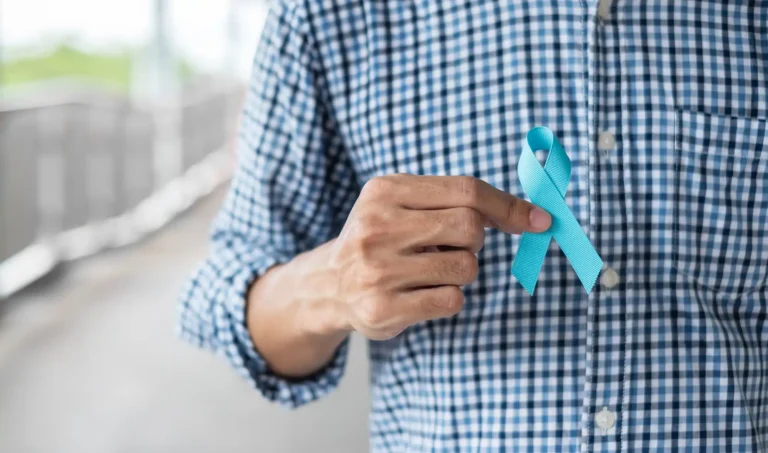




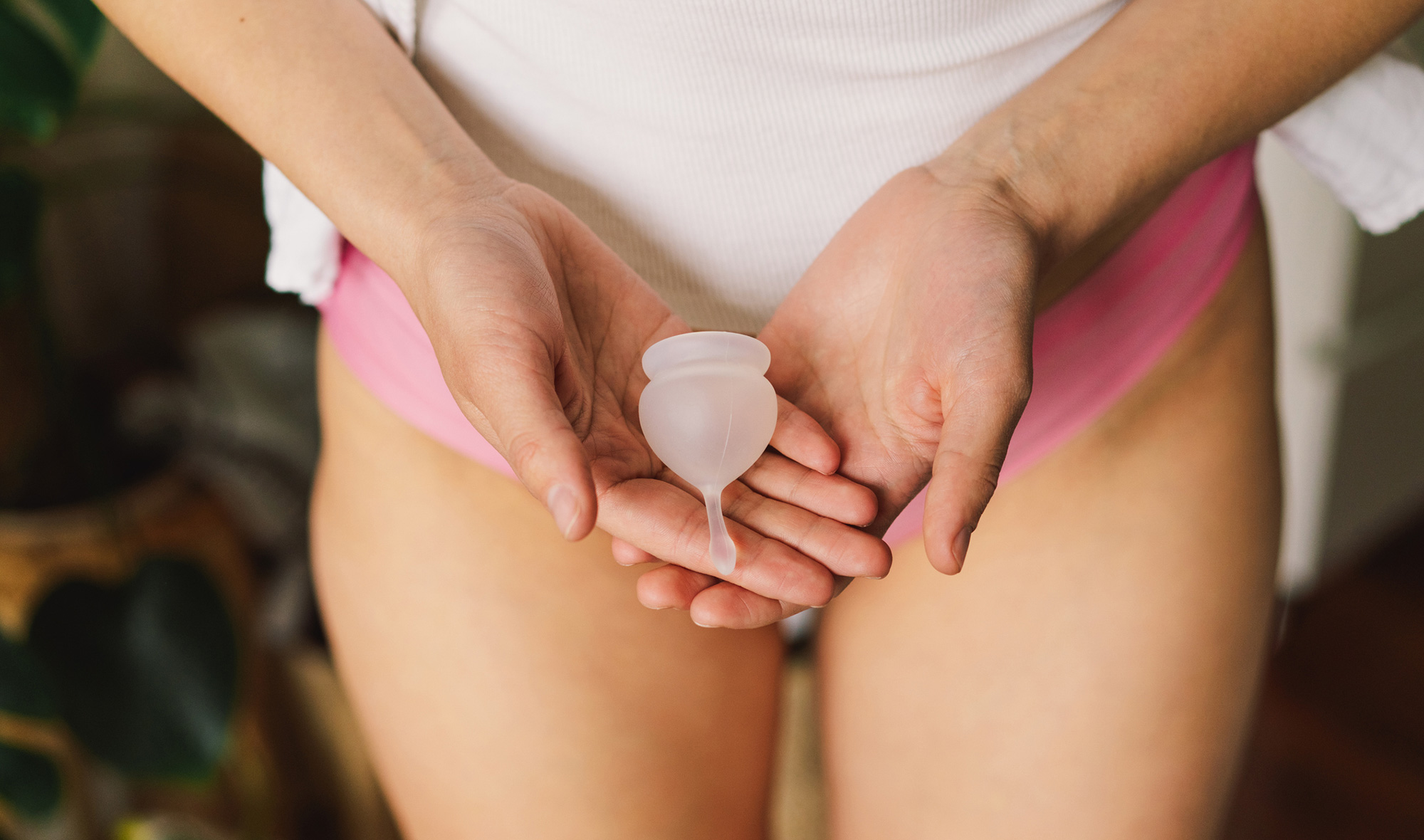

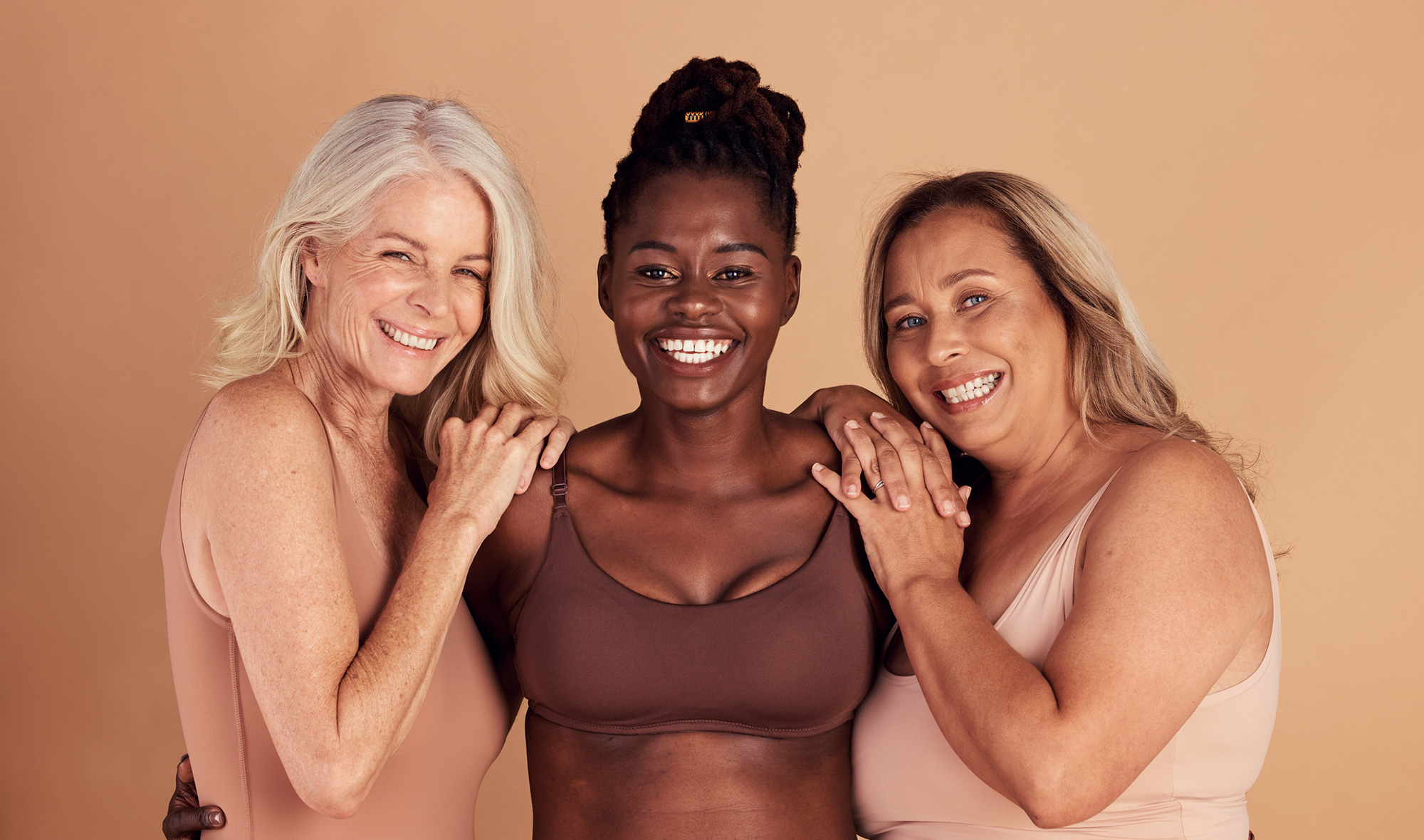
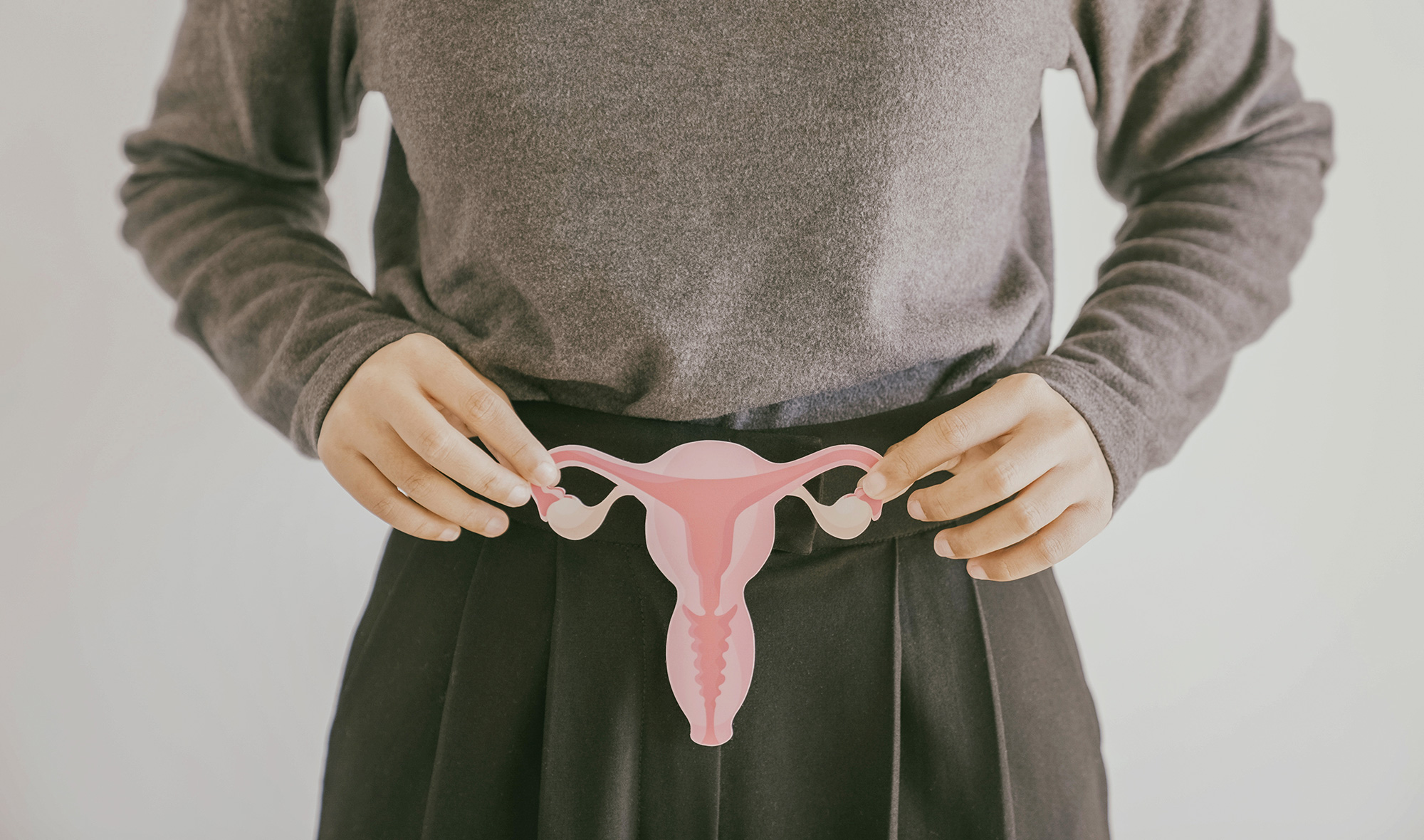
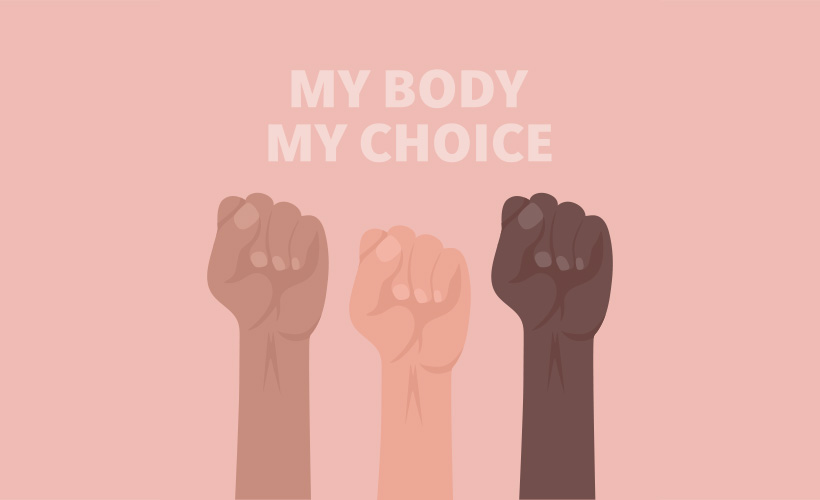



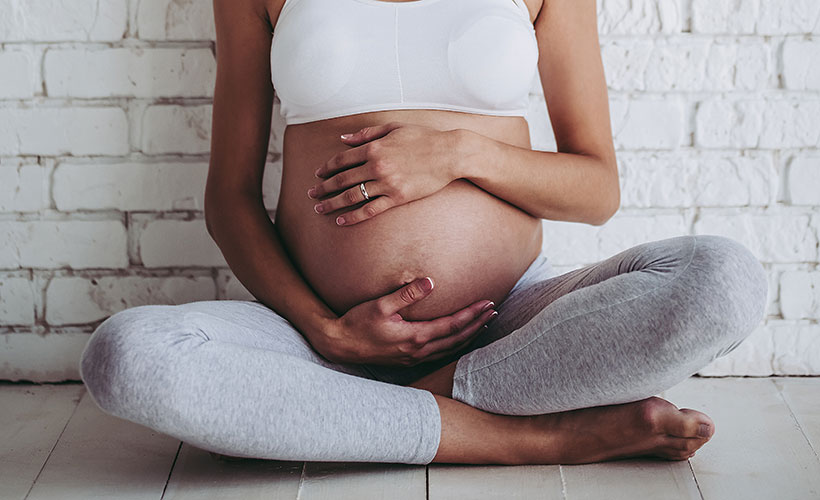
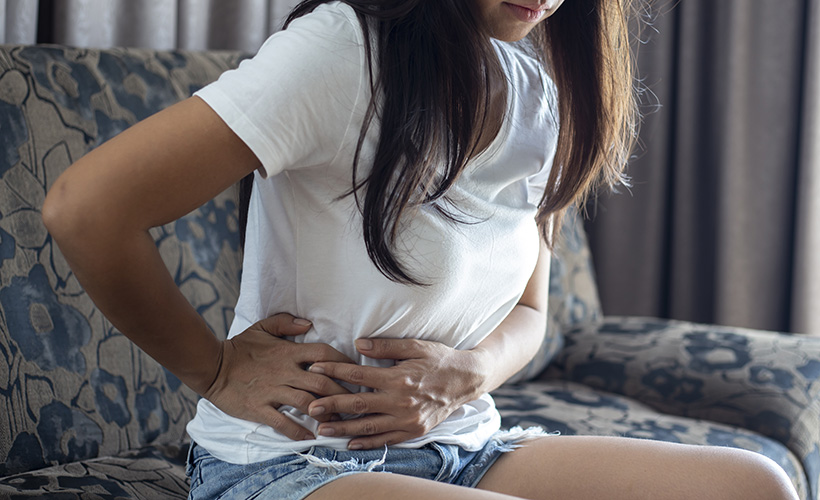
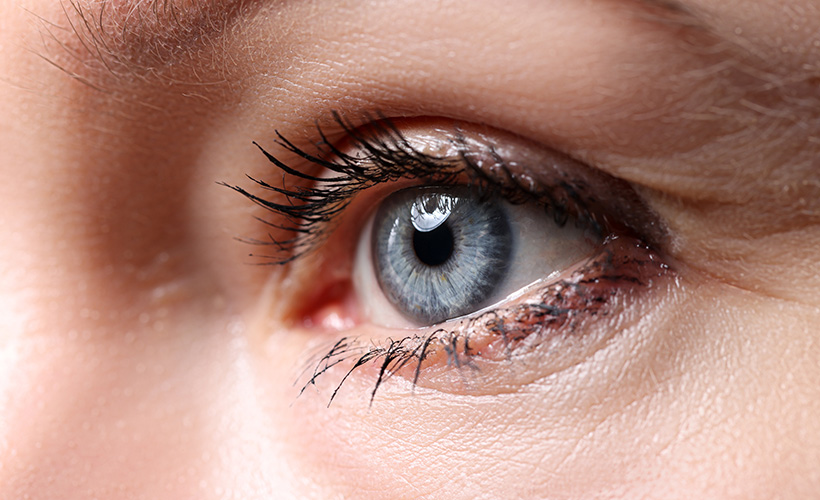

Community